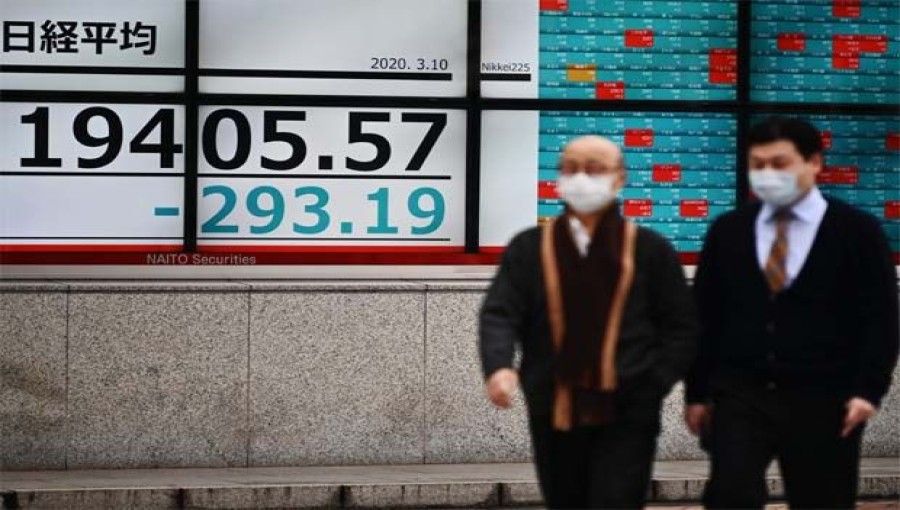SYDNEY, Sept 2 (v7n)- Asian share markets started quietly on Monday as investors prepared for a week filled with significant economic data, culminating in a crucial U.S. jobs report that could influence upcoming interest rate decisions. The holiday in the United States and Canada contributed to thin trading volumes, while recent electoral victories for far-right parties in Germany added a layer of political uncertainty.
The U.S. dollar maintained gains from Friday, supported by positive consumer spending figures that led markets to reassess the likelihood of a half-point rate cut by the Federal Reserve. Currently, futures markets are fully pricing in a 25 basis point cut on September 18, with a 33% probability of a 50 basis point cut. Additionally, there are expectations for a total of 100 basis points in cuts by December and 120 basis points by 2025.The Bank of Canada is also anticipated to announce a rate cut on Wednesday, with a 22% chance of a 50 basis point reduction.
The upcoming payrolls report on Friday is particularly critical for the Fed, with analysts predicting an increase of 165,000 jobs and a decrease in the unemployment rate to 4.2%. Barclays economist Christian Keller noted that a strong jobs report is unlikely to derail the anticipated September cut, while a weak report could prompt a more aggressive cutting cycle.In the Asian markets, Japan's Nikkei index rose by 0.5%, building on an 8.7% increase from the previous week.
However, the broader MSCI Asia-Pacific index remained largely unchanged, and South Korean stocks edged up by 0.1%. Chinese blue chips fell by 0.6%, primarily due to a slowdown in real estate growth.As for currency movements, the dollar was stable at 146.20 yen, having gained 1.2% last week, while the euro traded at $1.1054, reflecting a 1.3% decline over the same period. The European Central Bank is expected to cut rates by a quarter point next week, following recent benign inflation figures in the EU.Overall, the market sentiment remains cautious as investors await key economic indicators that could shape monetary policy in the coming months.































Comment: